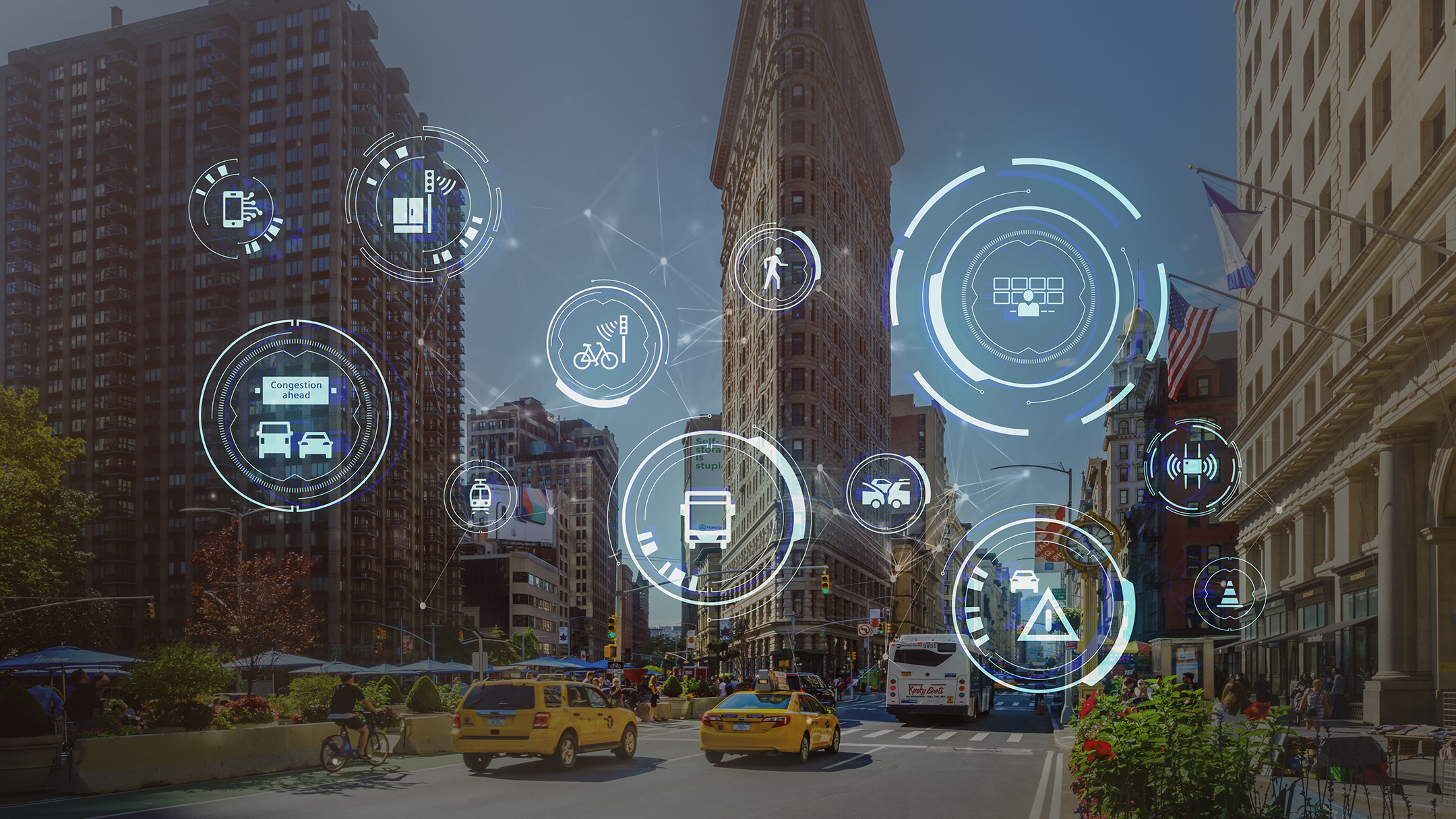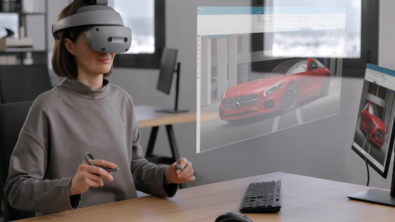The Software-Defined Future of the Auto Industry – Part 2 – Summary

In the first part of our conversation on software-defined development, we talked about how the automotive industry influences many others. Of course, it is important to also understand the influence other industries have on automotive manufacturers. Our cars are becoming more and more like rolling computers, and automotive OEMs are looking to trends and expertise in consumer tech industries to gauge what customers are looking for and how they can incorporate some of the latest technology capabilities in their products. In this Siemens can be a very important partner to provide the tools and the knowledge of engineering, design, development, and manufacturing of increasingly integrated products.
Part two of our discussion dives into the expanded knowledge bases needed to develop tomorrow’s automobiles. But for those without the time to listen to the full discussion, lets take a few minutes to outline the important changes the software defined vehicle is bringing to the automotive industry.
A reliance on software
It is no surprise that a product whose most passionate fans are called gearheads is one traditionally associated with mechanical systems. But that has been changing over the past few decades and only sped up in the past ten years as software has taken over so many facets of a car’s operation and feature set. The addition of software and electronics increases the scope and complexity of the vehicle definition and requirements. It also makes software and electronics engineering core disciplines in the vehicle program. This is a significant change for an industry traditionally dominated by mechanical disciplines.
Fortunately, Siemens’ experience with other electronics and software companies provides automotive companies with an edge when developing their new vehicles that rely so heavily on software. We’ve even been doing it ourselves for years with our factories and hardware products. This experience gives customers a case study on how to implement new technologies into their products and processes whether it is software control of mechanics or adding artificial intelligence to their development toolsets.
A new safety vector – cybersecurity
Electronics and software, especially the internet connected varieties, provide many ease-of-use and convenience features to new car designs. But these also bring additional risks to the product. Traditionally a car has needed to be safe in a collision and secure from mechanical intrusion, but software brings the need for cybersecurity. For autonomous vehicles this risk can involve remote control of the car, but even for non-autonomous vehicles there can be a risk of bypassing electronic or software locks on the vehicle or intercepting/interfering with over-the-air update systems.

The manufacturing space has encountered similar risks regarding cybersecurity. Running a factory often relies on edge computing and PLCs, which need to be protected similarly to connected vehicles to prevent hacks that can disrupts operations or bring a facility offline. The cyber vector for risk may also extend beyond the operation and manufacturing phases of a product, into the design. Companies want to be able to secure their intellectual property while enjoying the benefits of digital tools. And depending on the company, it may even need to adhere to cybersecurity requirements of a governmental institution much like many aerospace manufacturers.
Enabling the software-defined vehicle
Vehicles are becoming computers on wheels. The additional electronics and software requirements increase the complexity of vehicle development significantly, in large part due to the necessity for greater integration between long separated engineering domains. With our broad digital toolset available through the Siemens Xcelerator portfolio and our expertise in many overlapping industries and domains, Siemens is a strong partner in building the future of automotive. For more information on the topic make sure to check out Part One of the discussion and visit us at siemens.com/automotive. And for future discussion about the industries Siemens helps accelerate, make sure to subscribe to On the Move, our automotive podcast, and Industry Forward with Dale Tutt.
Siemens Digital Industries Software helps organizations of all sizes digitally transform using software, hardware and services from the Siemens Xcelerator business platform. Siemens’ software and the comprehensive digital twin enable companies to optimize their design, engineering and manufacturing processes to turn today’s ideas into the sustainable products of the future. From chips to entire systems, from product to process, across all industries. Siemens Digital Industries Software – Accelerating transformation.


